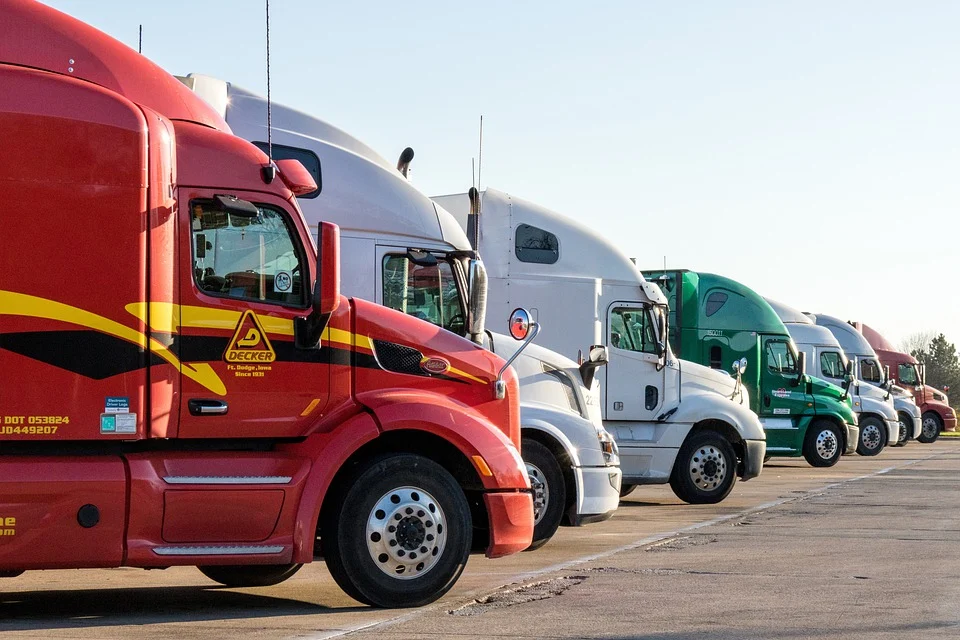Driving an 18-wheeler is unlike operating any other type of vehicle. You need special training for the equipment, you need to have superior hand-to-eye coordination, and you need to have excellent judgment for measuring the distance between your vehicle and the other vehicles on the road. Not everyone who works as a truck driver has the skills to do the job correctly.
When a person driving a vehicle needs to brake, it might be due to a red light, an obstacle in the road, or the simple observation that everyone else is stopping
One of the most important things a truck driver should know is when to stop their vehicle. This can be very hard to judge, and many truck-involved accidents are caused by a truck driver stopping too soon or too late.
Rear-end accidents are one of the most common types of collisions on highways, avenues, and side streets. When a truck is involved in such an accident, the results can be deadly.
If you or a loved one has been injured in a trucking accident, you should contact a personal injury attorney to help you recover damages. Be sure to select a law firm with experience with truck accidents.

Stopping Distance Recommendations
An ordinary car driver should begin to depress their brakes at a little over 300 feet. The Federal Motor Carriers Safety Administration (FMSCA) recommends that a trucker should start braking at just over 500 feet.
If a truck driver had an accident because they did not allow for the proper amount of braking distance, they might face repercussions from the FMCSA. This information can also be used against them in a lawsuit.
If a truck is hauling a heavy load, the FMCSA recommends that they increase the braking distance. If they are driving in the snow, they should drive carefully, reduce speed, and increase their braking distance.
Semi Trucks Have a Unique Braking System
Most cars have a hydraulic brake system, which relies on brake fluid to stop the car. The fluid helps to put pressure on the brake system and the foot pedal. Hydraulic brakes work very quickly.
Air brakes are used in a semi-truck, which makes them much slower to respond. Although this may seem dangerous, it actually makes these kinds of vehicles safer. You would not want a semi-truck driver to slam on the brakes and cause their load to spill into traffic. You would not want this kind of truck to stop so quickly that other cars crash into it.
An air brake system is a bit more complex than one that runs on fluid. Air pressure forces a camshaft to rotate. When the camshaft turns, it causes the S-cam to twist, forcing the brake lining against the brake drum.
You should exercise extreme caution when you drive around trucks. It is probably best not to merge in front of them at all, but if you need to do this, you should always allow yourself plenty of room. Watch a truck that is in front of you carefully. They might not be able to see you and may cut in front of you.
If you are injured in a trucking accident or if you have lost a loved one to a trucking accident, it is very important to document your expenses carefully. An insurance company is likely to give you a much better settlement if you have plenty of concrete evidence on your side. If an insurance company will not pay you what you are owed, contact a personal injury attorney. They will have many years of experience handling traffic accidents.